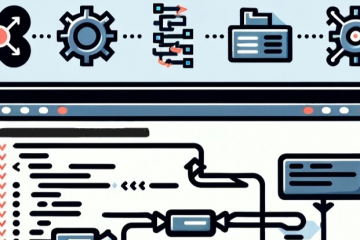The NYU Center For Genomics and Systems Biology in New York and Abu Dhabi have developed a new website with resources for mastering NGS analysis: https://learn.gencore.bio.nyu.edu/
Modules are designed to provide hands on experience with analyzing next generation sequencing data. Standard pipelines are presented that provide the user with and step-by-step guide to using state of the art bioinformatics tools. Each module includes sample data sets and scripts that can be accessed on NYU’s HPC facility.
Before you begin, it’s important to have some foundational skills in Linux and R. Check out the pre-requisites.
Included Modules:
- File Formats: Learn about the variety of file formats in next generation sequencing data.
- Alignment: The first step of most NGS analysis is to align the reads against the reference genome. This module describes how to map short DNA sequence reads, assess the quality of the alignment and prepare to visualize the mapping of the reads.
- Visualization: Learn about the Integrative Genomics Viewer (IGV), a high-performance visualization tool for interactive exploration of large, integrated genomic datasets.
- Variant Calling: Variant calling entails identifying single nucleotide polymorphisms (SNPs) and small insertions and deletion (indels) from next generation sequencing data. This module will cover SNP & Indel detection in germline cells.
- RNA-Seq: Learn how to identify differential expression of genes by comparing different samples, or attempt to capture all RNA molecules in a given species.
- HPC: Resources for analysing data on NYU’s High Performance Computing Cluster.
- ChiPseq Analysis: ChiP-seq combines chromatin immunoprecipitation with high throughput sequencing and is used to analyze protein interaction with DNA and identify their binding sites.
- De novo genome assembly: De novo (from new) genome assembly refers to the process of reconstructing an organism’s genome from smaller sequenced fragments.
- Metagenomics: Metagenomics is the study of genetic material recovered directly from environmental samples. This is useful when attempting to understand what microbes are present and what they are doing in a microbiome, such as soil or the human gut.
- Single cell RNA sequencing: scRNA allows us to understand cellular differences in expression, and hence it is directly applicable to the studies of cell heterogeneity, cell population and subpopulation identification, effects of low copy mRNA distribution and transcriptional regulation.
Note: New modules added as developed, this post may not reflect all modules currently available.
In addition to modules, material from the Bioinformatics And Data Analysis Seminars (BADAS) will be published on this site as well.



0 Comments